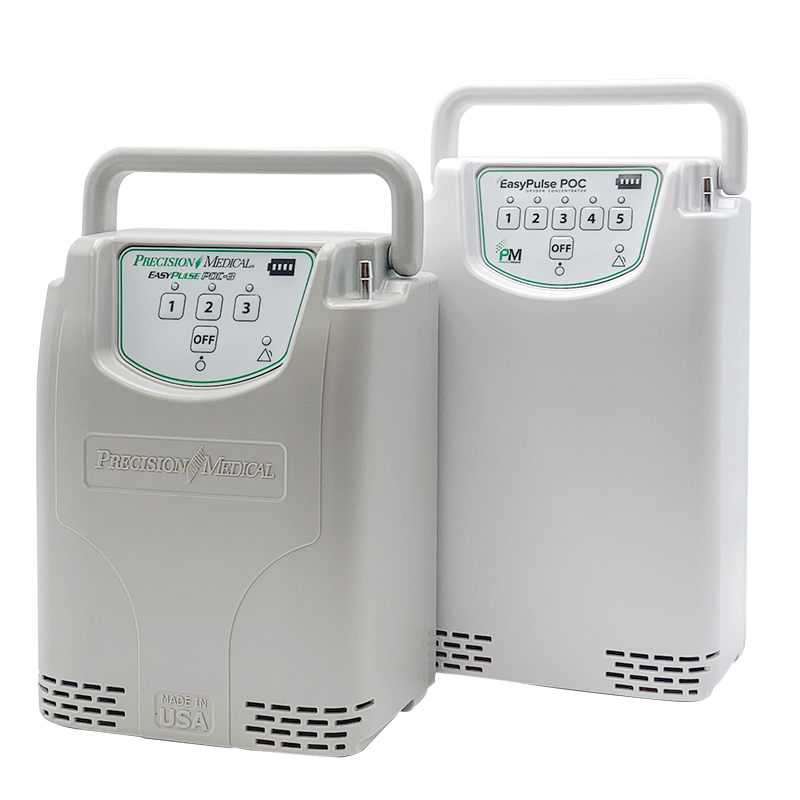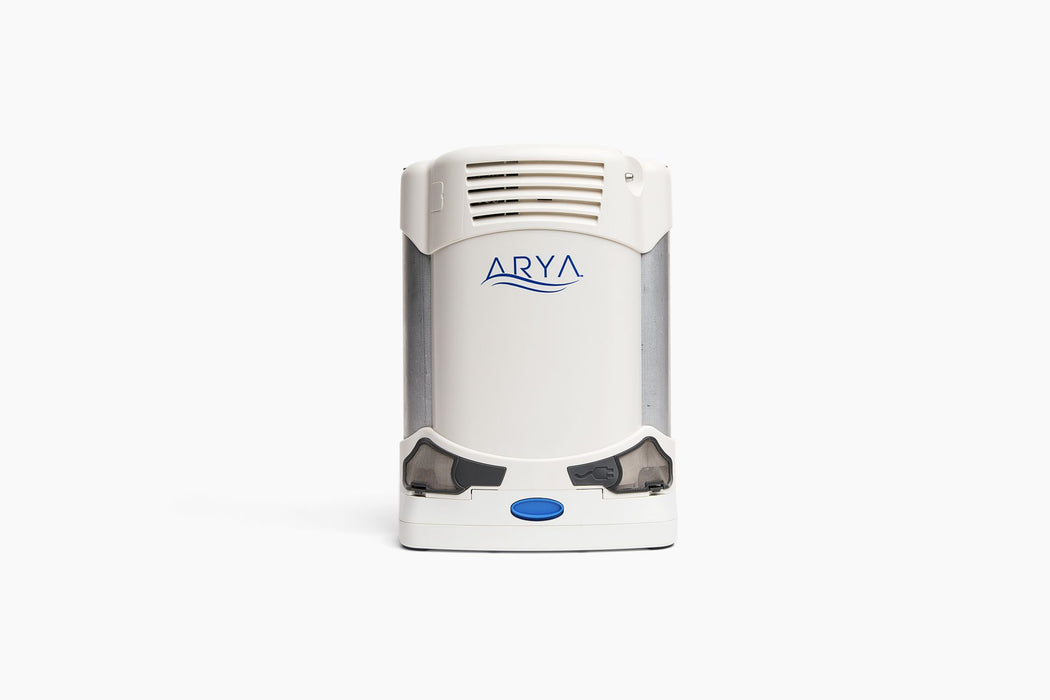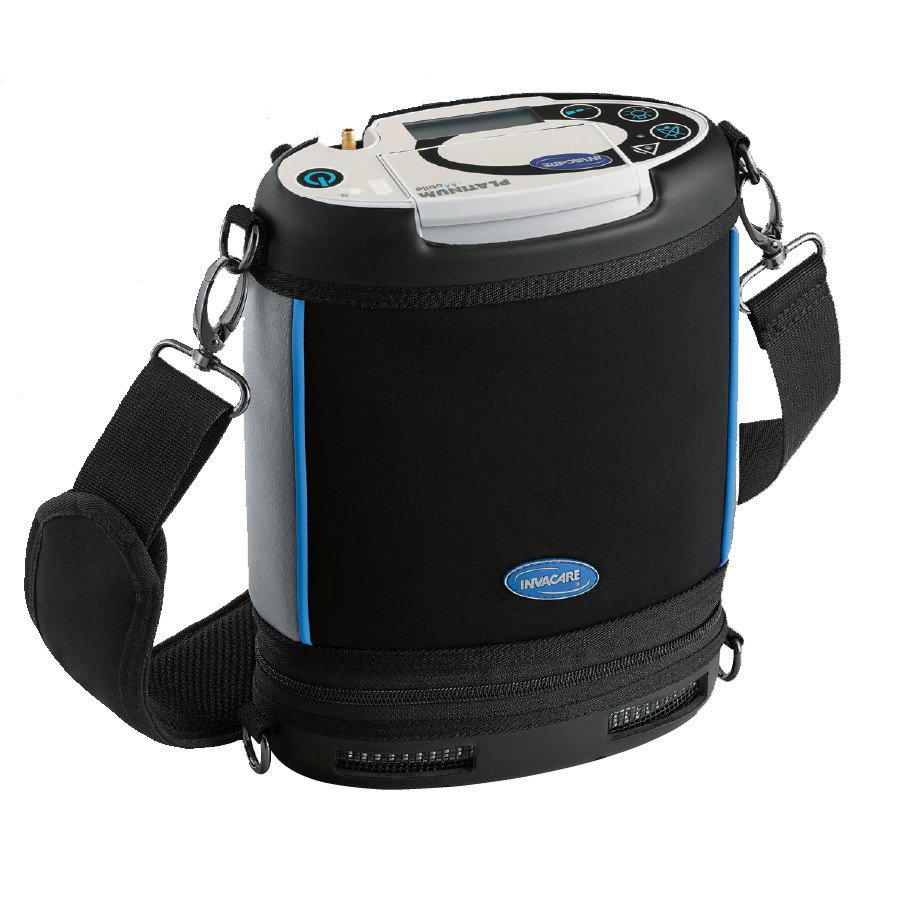Some Known Factual Statements About Portable Oxygen Concentrators
Wiki Article
An Unbiased View of Portable Oxygen Concentrators
Table of ContentsThe Single Strategy To Use For Portable Oxygen ConcentratorsAbout Portable Oxygen ConcentratorsAn Unbiased View of Portable Oxygen Concentrators4 Easy Facts About Portable Oxygen Concentrators Shown
Stationary oxygen concentrators were when the standard, however these storage tanks could weigh 50 extra pounds and were very troublesome (Portable Oxygen Concentrators). Currently, mobile oxygen concentrators finish the job, and they can match a bag or purse! The only thing you ought to remember is that mobile concentrators have extra restricted oxygen delivery capabilitiesThere are two main types of portable oxygen concentrators: pulse dose and constant circulation. As the name recommends, pulse dosage concentrators supply oxygen intermittently, just turning on when you breathe in. This kind of tool is usually recommended for COPD clients with minimal oxygen requirements, as the quantity of O2 that a pulse dose concentrator can supply is fairly reduced.
This gadget can provide up to 3,000 m, L of oxygen every minute, while pulse dosage gadgets have a tendency to top out at 1250 m, L. Constant flow gadgets are the go-to for a lot of COPD individuals, as they're excellent for people who require 2 to five liters of oxygen a min.
Currently that you have this overview to the various kinds of portable oxygen makers, pick the finest tool with the assistance of your physician.
What Does Portable Oxygen Concentrators Mean?
We realize Americans utilize residential variations in home care circumstances. We asked yourself how well these portable oxygen concentrators would work in healthcare facilities. POC concentrators enhance the percentage of oxygen in ambient air people take in, whenever they need a boost. Private-use ones are little enough to lug around, and might assist stay clear of the requirement to go to stuffed facilities and health centers.When it concerns portable oxygen treatment, there are two major alternatives for distribution. These are mobile oxygen cyndrical tubes which consist of pressed oxygen gas, or oxygen concentrators, which utilize a battery powered system to press and filter air, in order to create a constant supply of focused oxygen. In this post, AMS Compound Cylinders Technical Supervisor, Tony Morrin, compares the 2, considering the benefits and drawbacks of each oxygen shipment system for NHS medical oxygen users in regards to client freedom.

Portable Oxygen Concentrator Oxygen pureness is continually higher when provided from cyndrical tubes it never ever goes down below 99. Whilst oxygen concentrators can be valuable for clients that call for a lower circulation of oxygen, cylinders offer higher focus that can be a lot more appropriate for individuals with high circulation requirements.
Portable Oxygen Concentrators Fundamentals Explained
Both systems require the person to lug about devices. For cylinders, this will include lugging webpage a bag (and periodically a trolley) and for mobile oxygen concentrators this will consist of the bag, cart and power battery charger. Weight sensible, mobile oxygen concentrators can be similar in weight, or occasionally, lighter than traditional aluminium cylinder systems.
They will have to enhance considerably if they are to supply the exact same degree of efficiency as similar composite cyndrical tubes. Oxygen always brings a safety and security threat. On one hand, should cylinders spring a leak, they can develop an oxygen check out this site abundant atmosphere that could result in a rise in fire threat.

The difference is that there are substantial ahead of time costs to acquiring a mobile oxygen concentrator, however lower running costs using cyndrical tubes enables the purchaser to spread the price over a prolonged duration of time. One small downside of a mobile oxygen concentrator is the sound mobile systems make a considerable quantity of sound throughout procedure, which several patients locate distracting.
The 6-Second Trick For Portable Oxygen Concentrators

Our top quality carbon composite cyndrical tubes offer high pressure (300 Bar), low weight, and NLL (Non-Limited Life) performance, and are approved for usage worldwide. More details concerning AMS Compound Cylinders Ltd can be found at .
Oxygen concentrators are designed with customer flexibility in mind. Whether it's a desktop computer version for home use or a smaller, light-weight model for on-the-go, these devices allow clients to relocate openly without being tethered to a stationary system. Particularly for the ones especially created for portability, patients can bring them around, facilitating traveling and everyday tasks with simplicity.
Among the significant comforts of using an oxygen concentrator is the elimination of the constant requirement to replenish oxygen storage tanks. This not only reduces the logistical obstacles and reoccurring expenses linked with refills but also makes sure that the individual has a more foreseeable and steady resource of oxygen. Oxygen concentrators are developed to fit effortlessly into the home setting.
Report this wiki page